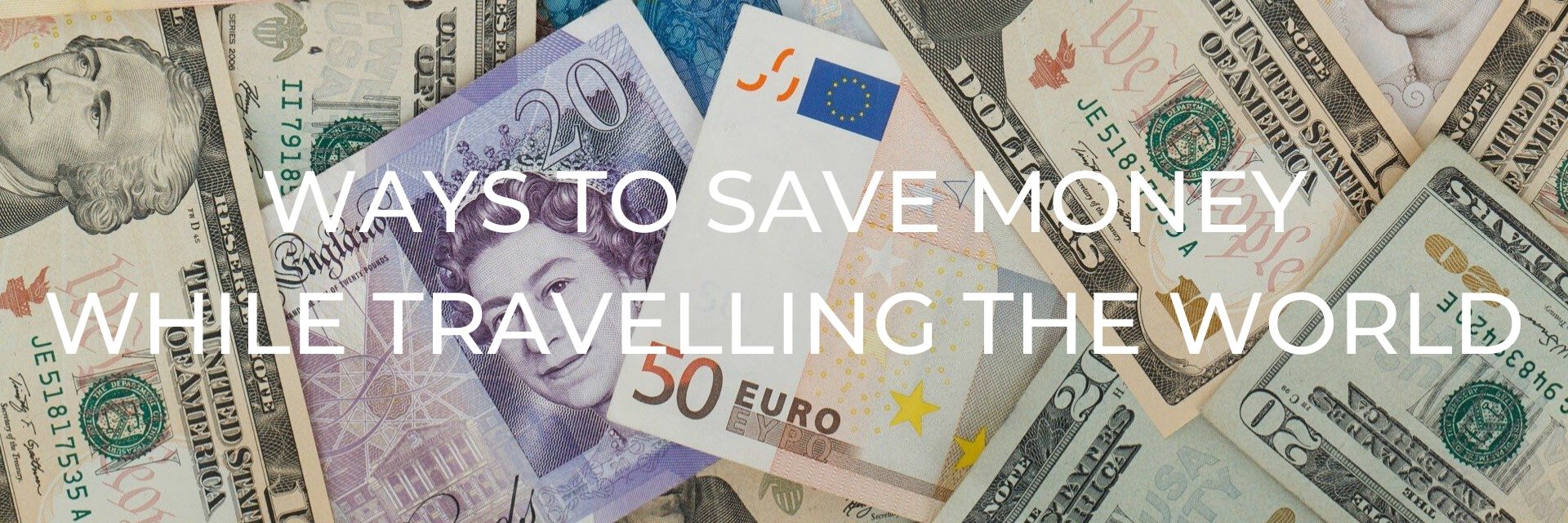
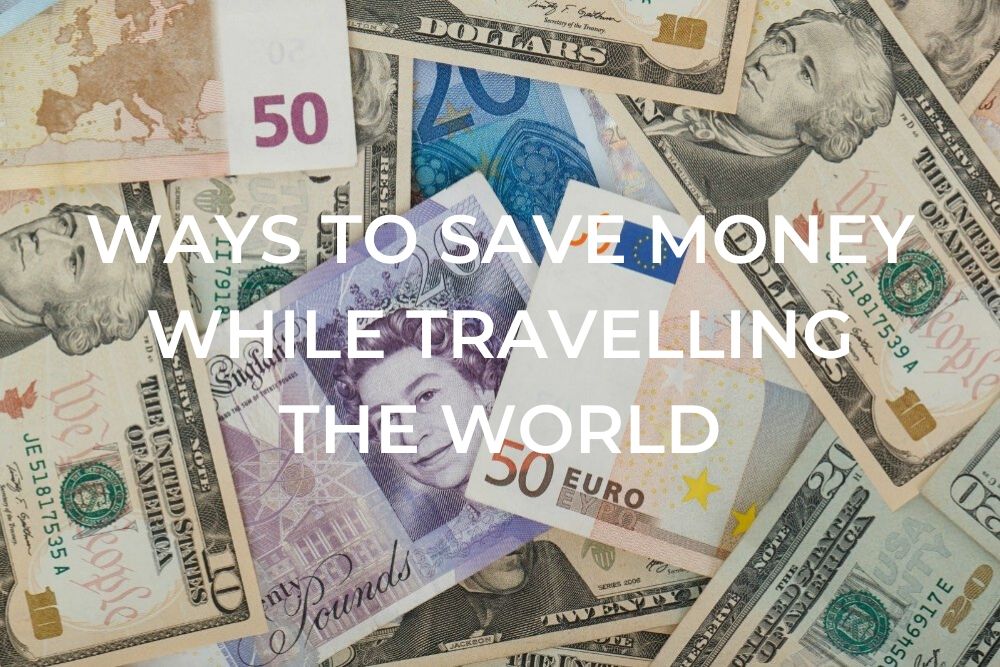
One thing that we have been asked about many times is how we get to travel as much as we do with travelling costing as much as it does. Or at least as much as people think it does. Yes, the plane tickets, accommodations, food, entrance fees, and souvenirs can add up but they don’t have to be as draining to your bank account as you might think.
There are loads of things you can do to make your dollar stretch a little farther, or as we like to think of it, getting the most value for my money. It isn’t always about doing things the cheapest way possible but really balancing out the little splurges here and there, with freebies or things that cost very little. With a little planning, you really can do a whole lot more for a whole lot less.
Want to save this for later? Click the Pinterest button on the left for a pinnable image!
This post may contain affiliate links. Please read our full disclosure policy here.
BEFORE YOU GO ON YOUR TRIP
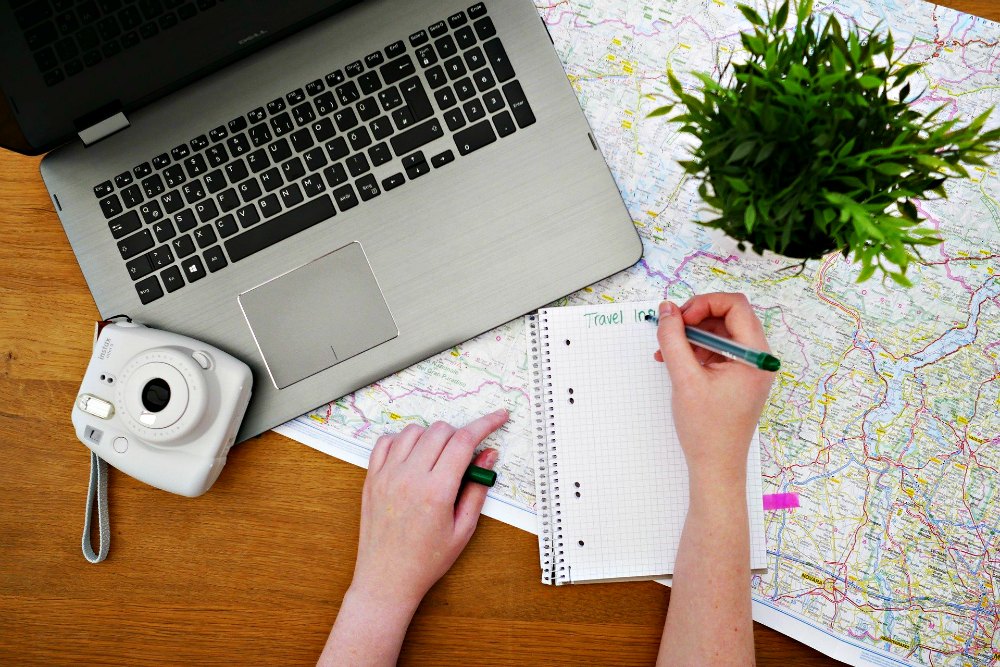
CREATE A BUDGET AND COMMIT TO IT
Along with this will also come some research into the prices of flights, accommodations, food, and attractions so you can set a realistic budget. If you’re travelling with kids, be sure to set a souvenir budget for them as well so they won’t be pestering the whole trip wanting this and that. On our trips, we’ve given my son $50 for souvenirs, or things like milkshakes etc. while he was in the teen lounge on our cruise. Anything he wanted to spend beyond that was on him. It’s amazing how they’ll shop around a little when there is a limit and they know you’re not going to just keep buying them things.
CONSIDER TRAVELLING OFF-SEASON
Not only will airfares and hotels be less expensive during these times but the lines for major attractions can be cut down to almost nothing.
For example, in 2005 I was able to book airfare plus 7 nights hotel in Paris for $670…but it was in February. We were looking at Cancun originally but it was around the same price since everyone wanted to get out of the cold. But you know what? Paris is GREAT at that time of year. We walked right into the Louvre, hardly any wait at the Eiffel Tower and one morning woke up to the prettiest dusting of snow that had fallen overnight. Don’t dismiss going during the off-season. It might be one of your best trips.
LOOK FOR ALTERNATIVES TO HOTELS
Hostels have been around for a long time and seem to be associated only to 20-something backpackers but you can get private rooms too. You might have to give up the luxury of your own bathroom but considering how long you really spend in one it might be something you can live without if it means getting to spend an extra day away.
Another option that has exploded over the past few years is Airbnb and we’ve now stayed in over 50 places in 8 different countries since we first tried it in December 2014 and it has been fantastic! We love that we get more space (like two-bedroom apartments when we travelled with my son), we got to see how local people lived and be a part of a neighbourhood, we had kitchen facilities so we could save money on our meals, and we’ve met some really lovely people around the world. All this and most places have been about the same price or even less expensive than a standard hotel room in a chain hotel.
MAKE AN ITINERARY
Many people think that planning takes all the fun out of travelling and vacations and while we’re not saying you have to plan everything right down to the minute, a good itinerary can go a long way towards seeing as much as possible and keeping costs low.
Starting with that trip to Paris in 2005, to our trip to Normandy in 2014, and almost every other trip we’ve taken since we’ve been making itineraries for all the trips we’ve taken and we’ll continue to do so. Planning like this allows you to find the deals to help reduce your costs. For example, on our trip to Ottawa, we knew we wanted to visit the Canadian War Museum for a few hours. With a little research, we learned that it was free to visit on Thursday evenings so we worked up our itinerary to visit it that evening and we saved $32 in admission fees.
Making a plan also allows you to see if a city pass would be a worthwhile purchase. Many of the big cities have them and allow you to visit unlimited attractions (on their list) for one, three, five days etc. but they are almost always consecutive days. Knowing this, and knowing that many of the museums we wanted to visit in Paris were closed on Mondays, we opted to do things not included in the Paris Pass on Monday and start our consecutive days on Tuesday instead. We then did the same with the Copenhagen Card and saved quite a bit of money, in addition to seeing some sights we might have otherwise opted to forgo in order to stay within our budget.
Without a little advance planning, you could miss out on saving that money.
READ MORE: Trip Planning: Finding Things to See and Do on Your Road Trip
EXCHANGING MONEY
We don’t recommend that you use the exchange booths at the airport on your way out of town. They charge high fees for the convenience of using them and you don’t really need them.
If you’re going to a major city there will be an ATM at the airport when you arrive that you can use and you’ll get a better exchange rate. If you will feel better arriving with some cash in hand contact your bank and have them order you some funds; just be sure to give them enough time as they might not have the currency you need on hand.
Another option is to use minimal cash and use a credit card that waives the foreign transaction fees to save yourself a little more money. As many of these are geared towards travellers they’ll likely come with extra benefits like a free checked bag, priority boarding, and air miles. These little things will add up to some nice savings after a while too. My preferred card over the years has been the United Chase Explorer Visa and Lee has used the American Express Gold card – both of which have provided us with many travel rewards and benefits. If you’re looking for a travel reward card, here is a good comparison of some of the more popular options.
FOOD AND DRINK
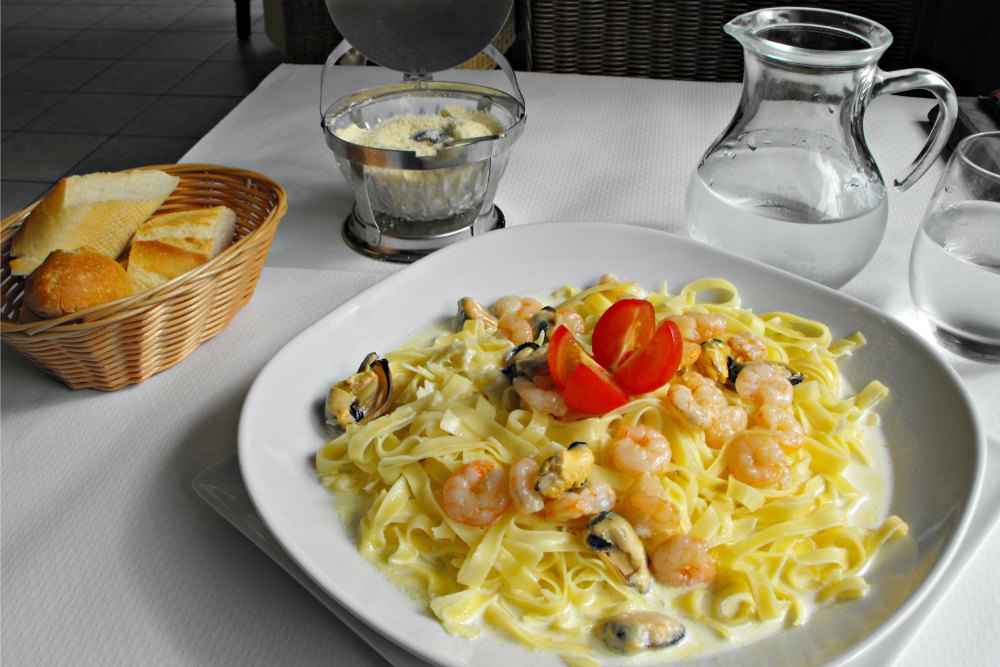
DRINK TAP WATER
If it’s available and safe to drink this can save a lot of money while you travel. Unlike in the US soft drinks aren’t served in such big servings with free refills in all countries and can cost up to $3-4 each!
If you bring a water bottle with you fill it up each morning and drop it in your purse. It’ll likely be much more refreshing during the day and you can refill it along the way.
If you do order water at a restaurant be sure to specify tap water though or you’ll likely end up with bottled water which is just as much as the soft drinks. You could easily drink away $50/person if you order drinks with every meal for a week. That’s a couple of admission tickets!
HAVE SOME PICNICS
Even if it is a picnic in your hotel room it’ll almost certainly be a cheaper alternative to a meal out. If you take a road trip you could pop a little cooler and some ice packs in the car and then you can buy some goodies at the grocery store for some inexpensive meals and snacks on the road.
If your Airbnb or hotel has kitchen facilities then even better. You could easily do breakfast before you leave and freeze your ice packs each night. Plus picnics are so very romantic. Win-win!
SKIP THE ALCOHOL
This goes along with skipping the soda but in addition to the money spent on the drinks themselves (which can be oh so expensive…like $12 on the cruise ship. Ouch!) it also helps eliminate wasteful spending like buying all your new friends a round of drinks or pizza for everyone after you’ve had a few too many and aren’t making great decisions.
KNOW THE LOCAL CUSTOMS FOR TIPPING
Other countries don’t generally tip as much as in Canada and the United States so save your money; the waiter isn’t expecting it and in some places, they might even be offended if you leave a tip that’s too big.
READ MORE: Check out our collection of travel tips to help with your travel planning.
TRANSPORTATION
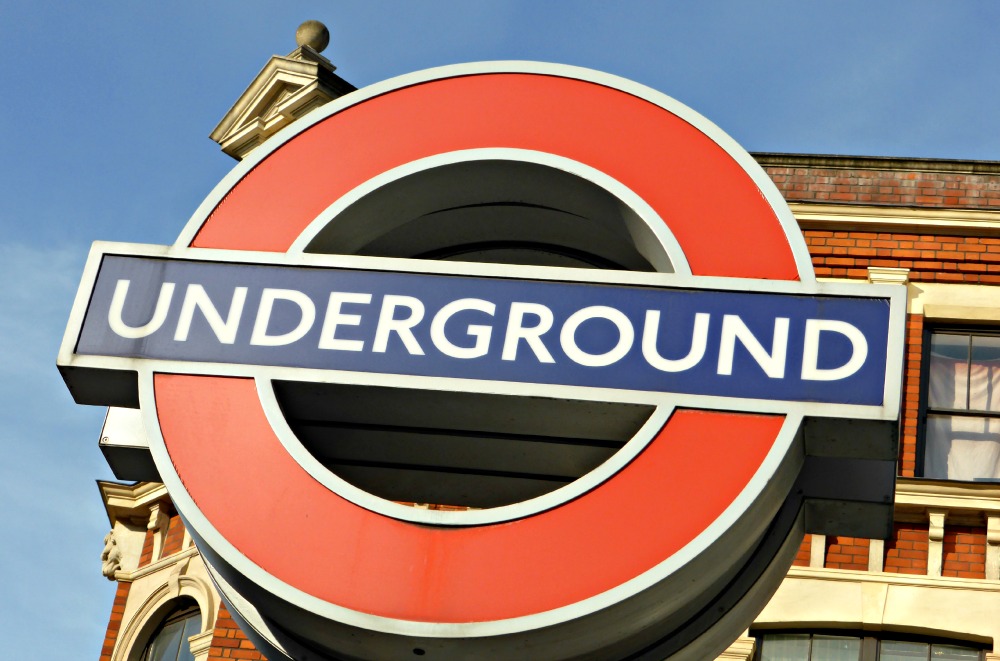
GET AROUND AS LOCALS DO
Locals use public transportation like buses and subways and many big cities have easy to use systems. Some city passes come with public transportation included which is one option. Or you could get the local public transportation cards like the Oyster Card in London or Navigo in Paris (if you can get a photo) or the Paris Visite card for tourists.
FORGO EXPENSIVE AIRPORT SHUTTLES
If you don’t mind spending a little extra time getting to your hotel you can take the metro or bus from airports in big cities and save quite a bit of money. Packing light is key here so you don’t have to lug heavy suitcases up and down the stairs in metro/tube stations because there aren’t always easily accessible (or easy to find) escalators and elevators.
WALK
In North America, we’re very much a culture that drives everywhere but in other countries, that’s not always the case and the cities are very pedestrian-friendly. It might even be quicker to walk instead of taking the subway between stations!
READ MORE: Check out our collection of travel tips to help with your travel planning.
SIGHTSEEING AND SOUVENIRS
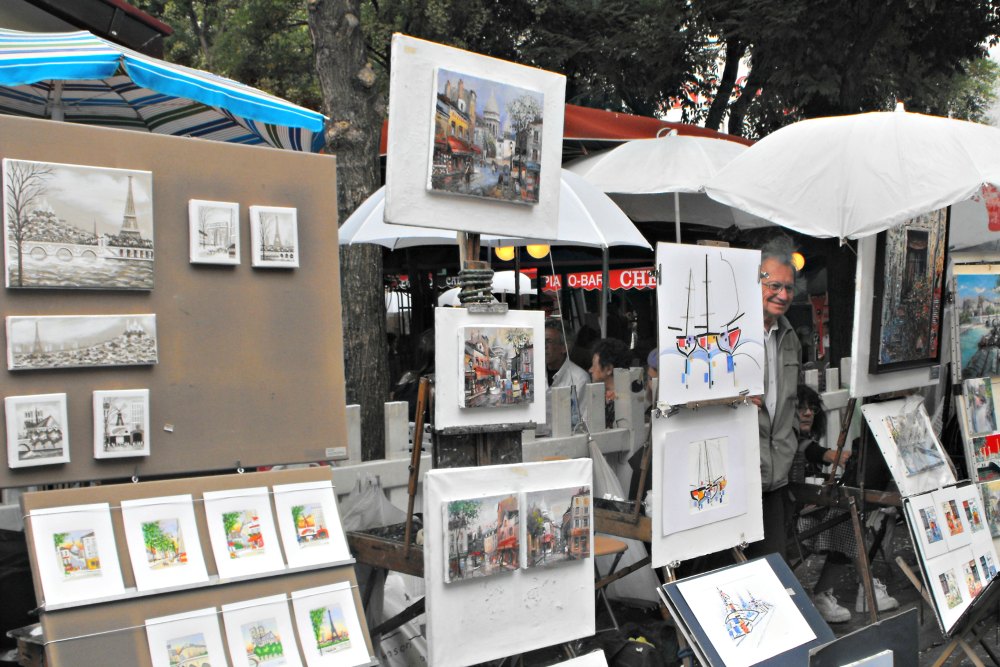
FIND THE FREEBIES
Many cities have free museums, parks, and other attractions that are world-class attractions that you won’t want to miss, you just have to do a little research to make sure you find them. Do a Google search for “free things to do in ….” and name your place. You’re bound to find some options.
Be sure to check out each attraction’s web site as you may find that it is free on a particular day of the week or evening, and then put it on the plan to see then. If you are buying public transportation passes they will likely come with some discounts/coupons too. For example, if you buy tickets on the National Rail around London you can take advantage of their 2for1 offers and the Paris Visite card also offers discounts on some attractions. And if you’re a student or senior, don’t forget your ID cards for reduced fares almost anywhere!
READ MORE: Visiting London? Check out these 101 FREE things to see and do to start your travel planning.
MINIMISE SOUVENIRS
Make photos and wonderful memories your #1 souvenirs. They are easy to pack for the trip back home and don’t have to be expensive.
Personally I used to buy more souvenirs, especially for friends and family but realized they probably don’t really want it. It was your trip and those things mean something to you, but not them. If I do buy them something now it is usually a little food treat that they won’t have to worry about keeping just to avoid hurting my feelings. I’ve also limited my own shopping to a Christmas tree ornament for a new place and maybe one unique little item for my home. It’s always a lovely evening when we decorate the tree each year and reminisce as we hang the ornament on the tree for each country we’ve visited.
There are certainly more ways to save money while travelling but those are the ones we rely on the most in our travels.
Not being a millionaire we find that by making a few small sacrifices, cutting some corners, and putting in some time to research the best ways to use our money, we can have a rewarding and memorable trip that allows us to experience so many great sights, attractions, and events.
What are your favourite ways to save money while you travel?
We’d love to hear them. Please share in the comments.
Want to save this for later? Click the Pinterest button on the left for a pinnable image!
RESOURCES | PLAN YOUR TRIP
To book flights, rental cars, accommodations, and activities for your trip, please check out our recommended travel providers, favourite apps and websites.
Some of the links in the post above are affiliate links. This means if you click on the link and purchase the item, we will receive an affiliate commission but this does not affect the price to you. Please read our full disclosure policy here.
